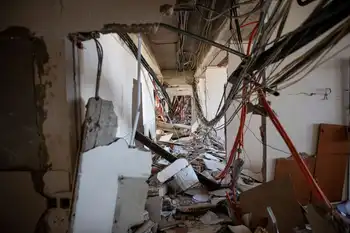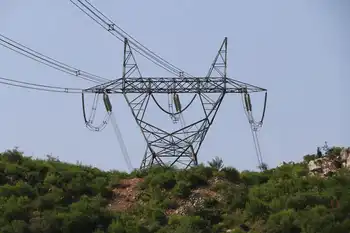Collider repairs at CERN to cost $25-million
An electrical failure shut down the Large Hadron Collider on September 19, nine days after the $10-billion machine started up with great fanfare.
The European Organization for Nuclear Research recently said that the repairs would be completed by May or early June. Spokesman James Gillies said the organization know as CERN is now estimating the restart will be at the end of June or later.
“If we can do it sooner, all well and good. But I think we can do it realistically (in) early summer,” he said.
The organization has attributed the shutdown to the failure of a single, badly soldered electrical connection.
The atom smasher operates at temperatures colder than outer space to get maximum efficiency, and experts needed to gradually warm the damaged section to better assess it, he said.
“Now the sector is warm, so they are able to go in and physically look at each of the interconnections,” Mr. Gillies told The Associated Press.
The cost of the work will fall within the organization's existing budget, he said.
The massive machine straddling the Swiss-French border was built to smash protons from hydrogen atoms together at high energy and record what particles are produced by the collisions, giving scientists a better idea of the makeup of the smallest components of matter.
That will show on a tiny scale what happened one-trillionth of a second after the so-called Big Bang, which many scientists theorize was the massive explosion that formed the universe. The theory holds that the universe was rapidly cooling at that stage and matter was changing rapidly.
Scientists have taken the setback in stride, saying that particle colliders always have such problems in the startup phase.
Related News

Wyoming wind boost for US utility
WYOMING - US company Black Hills Energy has received regulatory approval to increase the size of its Corriedale wind farm in Wyoming to over 52MW from 40MW previously.
The South Dakota Public Utilities Commission approved the additional 12.5MW capacity after the Wyoming Public Service Commission determined the boost was within commission rules.
Black Hills Energy will install five additional turbines, raising the project cost to $79m from $57m.
Corriedale will be built near Cheyenne and is expected to be placed in service in late 2020.
Black Hills said that during the initial subscription period for its Renewable Ready program, applications of interest from…




